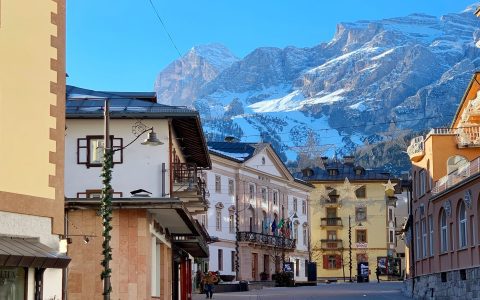Historical fiction situates fictional narratives, including characters, actions, and specific details, within a meticulously researched past setting. While the core story is imagined, the historical context aims for authenticity.
The Dolomites, a UNESCO World Heritage site in northeastern Italy, present a uniquely compelling and historically layered backdrop for such narratives. Their dramatic alpine landscapes, coupled with a complex socio-political past as a border region, offer rich material for storytelling.
Key Historical Contexts in the Dolomites for Fiction
Several periods offer potent themes for historical fiction set in this region:

- The First World War (1915-1918): The "White War" (Guerra Bianca) saw brutal fighting between Italian and Austro-Hungarian troops in extreme alpine conditions. Themes include survival, the futility of war, and the impact on local Ladin, Italian, and German-speaking communities.
- Tyrolean Rebellions & Regional Identity: Episodes such as Andreas Hofer's resistance against Napoleonic forces, and the broader history of Tyrolean identity formation amidst shifting imperial powers (Austrian, Bavarian, Italian), provide fertile ground for conflict and character development.
- Medieval Period: The strategic importance of Dolomite passes led to the construction of castles and the development of trade. Stories could explore feudal dynamics, local legends, or the lives of ordinary people in this era.
- Pre-Roman and Roman Times: The settlement by ancient tribes like the Raeti, followed by Roman colonization, offers opportunities to explore early cultures and the impact of imperial expansion in a challenging terrain.
- Interwar Period and WWII: The rise of Italian Fascism, the South Tyrol Option Agreement, partisan resistance, and the aftermath of WWII offer significant dramatic potential concerning political ideologies, cultural suppression, and conflict.
Crafting Authentic Dolomites Historical Fiction
Essential elements include:
- Vivid Depiction of the Landscape: The mountains themselves are often a character, influencing events, shaping lives, and dictating the terms of survival or conflict.
- Cultural Accuracy: Reflecting the unique linguistic (Italian, German, Ladin dialects) and cultural tapestry of the region is crucial for immersive storytelling. Traditions, local beliefs, and social structures should be well-researched.
- Integration of Historical Fact: While characters and specific plot points may be fictional, they should operate within a believably rendered historical reality, informed by actual events, societal norms, and material culture of the chosen period.
By blending imaginative storytelling with diligent historical research, authors can bring the unique past of the Dolomites vividly to life.












